The discussion around All-In-One (AIO) CPU coolers versus custom loops will always be ongoing. However, recently there has been a lot of innovation in the AIO market by manufacturers to try to match the performance and customizability of custom loops. Corsair, not to be outdone by its competitors, is launching its next-generation AIO CPU cooler, the iCUE LINK Titan RX RGB. The Titan combines Corsair's latest advancements in cooling engine technology, replaceable pump caps, and iCUE LINK RX120 fans in hopes of being your next CPU cooler.
In addition to the Titan AIO, Corsair supplied me with three of its CapSwap modules. This review will examine the iCUE LINK LCD Screen, VRM Fan, and Pump Cap Groove modules. Is the Titan good enough to topple another AIO I've recently reviewed, the Cooler Master 360 Ion? Continue reading to find out.

When it comes to all-in-one liquid coolers for CPUs, Corsair has been at the forefront of the market since the beginning. That’s because they consistently deliver excellent cooling capabilities, compiled with innovative designs. They’re at it again with a new product release, the Elite Capellix. It features the same pump and electronics package of Corsair’s award-winning Platinum series but adds a new RGB feature with 33 ultra-bright Capellix LEDs. Join us as we evaluate this all-in-one cooler and put it to the ultimate test with our HEDT X299 test bench.
Specifications & Features
Similar to earlier models like the PRO XT, the new Elite Capellix has been optimized for large heat demands while keeping fan noise to a minimum. To accomplish this, Corsair pairs their best radiator design with high-quality magnetic levitation fans, and a split-flow copper cold plate. Their cold plate design uses a high-density stack of 128 micro-skived fins-per-inch, which provides highly efficient cooling at all loads. Corsair’s ML series fans have high static pressure so they are ideal for use on radiators.
The Elite Capellix product line includes three different sizes to choose from. In the 2-fan category, you can choose between the $149.99 – H100i with 120 mm fans or the $169.99 – H115i with 140 mm fans. If you’re after something with a little more cooling capacity, they offer the $189.99 – H150i, which uses three 120 mm fans.
Key Features
- High-Performance RGB Pump Head: Powerful, low-noise cooling for your CPU, lit by 33 ultra-bright CAPELLIX RGB LEDs.
- CORSAIR iCUE Commander CORE Included: A smart RGB lighting and fan speed controller gives you precise speed and lighting control over up to six RGB fans.
- Magnetic Levitation RGB Fans: Up to three CORSAIR ML RGB Series PWM fans deliver powerful airflow for extreme CPU cooling performance, with eight RGB LEDs per fan.
- Extreme CPU Cooling: Incredible cooling fan performance controllable via PWM, from 400 to 2,400 RPM (for 120mm) or 400 to 2,000 RPM (for 140mm) while in operation.
- Zero RPM Mode: Zero RPM cooling profiles in CORSAIR iCUE software allow fans to stop entirely at low temperatures, eliminating fan noise.
- Powerful CORSAIR iCUE Software: Adjust fan and pump speeds, control and synchronize your cooler’s RGB lighting with all iCUE-compatible devices, and monitor CPU and coolant temperatures, all from a single intuitive interface.
- Split-Flow Copper Cold Plate: An optimal cold plate design and a high-density stack of 128 micro-skived fins-per-inch provides highly efficient cooling at all loads.
- Low-Noise Centrifugal Pump: Delivers a flow rate of up to 0.82L/min while generating less than 20 dBA, for extreme cooling with low noise.
- 240/280/360mm Radiator: High surface area for powerful cooling.
- Easy to Install: Modular, tool-free mounting bracket for quick and painless installation on all modern Intel and AMD sockets.
Today we’re reviving the H115i model.
Packaging & Product Tour
If you’ve ever purchased one of Corsair’s modern AIOs, then you will be familiar with the packaging. We reviewed the H115i RGB PRO XT back in April and that cooler came with the same package, but with different images. Below you can see the box is has been printed with high-quality images and displays relevant information about the cooler on the back. Corsair’s packaging not only ships the product safely, but it serves as your first impression and the first glimpse of the product.
Opening up the hinged lid we find a piece of foam packaging covering all of the hardware beneath. This is excellent for packaging, however, we did notice that the foam thickness could be increased. As it stands, if the box was turned upside down, the cooler could actually move about an inch. While we are certain this is more than adequate, it’s just one of those small details that we like to bring up.
Out of the package, we get our first look at the product. The styling is very similar to the H115i RGB PRO XT with one major difference. The pump housing has been redesigned and upgraded with 33 Capellix RGB LEDs.The new Capellix LED are substantially smaller and brighter than typical RGB LEDs commonly used on computer hardware. The reduced size affords Corsair the opportunity to pack more RGB LEDs on the pump body while still retaining the ultra bight look that the consumers demand.
A Closer Look
Right out of the box, the H115i Elite Capellix comes equipped to mount the cooler to high-end Intel sockets such as LGA 2066, 2011-3, and 2011, as well as mainstream sockets in the 115X family (1150, 1151, 1155, 1156). As we show in the table above, the cooler is also comparable with modern AMD platforms such as AM4 and sTR4, as well as legacy ones such as AM3+, FM1, and FM2.
H115i Elite Capellix has been redesigned to include a new pump hosing with a removable light filter. You can now customize the overall look of the cooler with different top plates. We tested Corsair’s new coldplate and pump design with our PRO XT review. Because this is a similar design, we expect the performance to be excellent with the new H115i as well. We are excited to put this to the test later on in the review.
The socket retention system is sleek and effective. It allows for a quick and effortless socket change with no tools required. We’ve seen this type of design before and it works exceptionally well. The bracket is predominantly hidden beneath the plastic pump housing.
The radiator design is the same as we saw with the H115i RGB PRO XT. It has extended cavities at the front and back to help fluid transfer easier and act as a reservoir.
The new changes to the pump housing increase the overall size. At 51 mm it’s among the tallest AIO pump bodies we’ve seen.
Fans, Connectivity, & Accessories
Using magnetic levitation technology, Corsair’s ML140 RGB Series fans provide lower noise, higher performance, and a longer lifespan compared to conventional ones. A wide control range coupled with iCUE connectivity means you can tune your cooler to stay quiet when you’re browsing but deliver performance during intense gaming sessions. The fans have 8 LEDs which are individually addressable.
To take control of the RGB LEDs on the pump and fans, corsair includes the Commander Core. This is their lighting control center, which is capable of controlling up to six case fans and two RGB lighting channels, with one temperature sensors. The Commander Core utilizes the internal USB 2.0 header on your motherboard to interface with their iCUE software. It does not use the common 3 and 4 pin RGB headers we’ve seen from other companies. The fact that it uses USB 2.0 interface means you can control the LED lights even with a legacy motherboard that does not support RGB or ARGB with specific headers.
Along with all of the different socket support equipment, Corsair includes one other accessory that you might not expect to see. Located in the bottom right-hand corner of the picture below is a second light filter option. Instead of the black light filter (installed), you can opt to choose the predominantly clear one to allow maximum light. They’ve also included a plastic Allen wrench so it won’t scratch the black painted screws.
RGB Light Show
We covered all the technical specifications above but words cannot describe the lighting effect as a picture can. With Individually addressable RGB LEDs, and multiple zones, you can light up the pump head and customize the lighting effects to match your build.
Here you can see the two different light filters available. While both are clear plastic, one has more black paint on the underside to block most of the light.
The fans are also controllable with 8 individual LEDs. The entire fan blade acts like a light difuser with the LEDs mounted in the center. As you can see the result is very bright, but it also produces a hot-spot look because the LEDs are incredibly bright when left on default intensity.
Test Setup & Methodology
The procedure will consist of setting stable profiles in the bios, and then running the AIDA64 CPU stress test for 10 minutes. While running the stress test, we will record the temperatures and noise levels to summarize later.
There will be four main tests. First, we take the i9 10940X CPU and set the base frequency of 3.60 GHz with a fixed voltage of 1.1v in the bios. Once we get to the OS, we will set a warm-up and cool-down period of 10 minutes then start the CPU stressing. At the end of the stress test, we average the load and idle temperatures. The test will be run three times to produce the average.
In the second stage of the testing, we will overclock the i9 10940X to 4.5GHz on all cores, with a voltage of 1.20 V. We will employ the same time-based testing as called out above.
For the third part of our testing, want to examine the properties of the included thermal paste. All of the previous testing stages will be done with the stock thermal paste, however, once that is done, we will remove the paste and apply a Kingpin Cooling KPx. We will then repeat the first two test stages to see how it compares
At the time of the idle/load measurement, the ambient temperature will be recorded with a Fluke K-Type probe, so we can exclude any variance in ambient temperatures. We will use the ambient temperature to arrive at the delta temperature. The graphs will be the average Delta temperature of each test, which is to say the temperature above ambient.
We will apply the predefined ‘extreme’ profile for all of our testings. Our noise level data collection will happen at two different time intervals.
Mounting & Coldplate Flatness
Our ASRock X299 OC Formula comes with a built-in backplate that uses M4 threaded studs. In this case we only needed the M4 threaded standoffs from the accessory package. Our CPU IHS has been lapped to 600 grit so the mating surface is flat and smooth. Later on we will take a look at the paste impressions left from the cooler to give us an idea of the mounting quality.
Using the included thermal paste, mounting was a breeze. We didn’t need to change the mounting bracket or anything.
With the stock thermal paste and a super-flat CPU, it just doesn’t get any better than this. We were surprised at how flat and perfect the new Elite Capellix coldplate is, well-done Corsair!
iCUE Software
Corsair provides an excellent tool to manage all controllable aspects of the cooler. Their iCUE software has the ability to control the pump speed and both fan speeds. You can create a multitude of different fan and pump profiles to meet your needs. Furthermore, the software includes a feature to update the device firmware automatically.
The software comes with 4 built-in profiles for easy management of the fans and pump: Quiet, Balanced, Extreme, Zero RPM
Out of all the various pieces of software we have used for RGB control, Corsair’s iCUE is by far the most comprehensive and advanced. We tested version v3.33.246, and it worked flawlessly the entire time. Corsair highlights the iCUE software because it’s a fantastic utility which helps you get the most out of your cooler.
Results
When it comes down to the performance, we compared our Corsair H115i Elite Capellix against three other modern AIO coolers. We know that the H115i Elite Capellix is effectively the same cooler as the H115i RGB PRO XT, however, our results showed that there was a difference in cooling performance. All of the temperatures displayed here have been normalized and any variance in ambient temperature has been eliminated.
Corsair claims the software is now better optimized for performance. We assumed they were small tweaks but apparently it’s noteworthy as our results indicate.
Below are the sound presser tests we conducted. Even though we are using the extreme preset, the idle sound level was impressively low. We recorded 19dB but it was nearly silent. We observed the fan noise has increased and at 63dB it’s getting quite loud.
Thermal Paste Test
Next, we wanted to take a look at the stock thermal paste. Over the years there have been great advancements in the thermal paste world. We wanted to know if Corsair ships their cooler with quality paste and how it compares to the best.
In our personal testing, Kingpin Cooling KPx and Thermal Grizzly Kryonaut are the best ones on the market. We chose the Kingpin Cooling KPx because it’s marginally better than Kryonaut, and also very consistent to work with.
We are happy to say that Corsair’s thermal paste performed excellently. As you can see below, it effectively tied the Kingpin Cooling paste. This is the first time where we see Corsair’s thermal paste tie with KPx, and even beat it for the idle test. The batch has not changed to our knowledge but it’s clearly working very well. Getting consistent results within 1c is quite difficult, so there could be a small degree of experimental error at play here as well.
Conclusion
Our experience with the Corsair Elite Capellix is overall very positive. Although the design elements and style are very subjective, we feel it’s an important aspect of this particular model and therefore should be mentioned. Once the cooler is installed and configured, the look is quite stunning. Whether we used the clear or black light filter, the overall look was just stunning. Corsair installed the black filter from the factory, and we feel this was the right choice because the clear filter allows for a dramatic amount of light in your case, which may be too much for some users.
When it comes to performance, Corsair delivered! We knew the performance would be excellent, because it’s basically the same cooler as the PRO XT we tested a few months back. However, we are happy and surprised to see Corsair is always working to improve results and our test results mirrored this effort. We did find the marketing about the fans to be a bit over-hyped. They are louder than we expected them to be and it’s certainly a factor when choosing AIOs. Corsair optimized the cooler for performance, so this is a worthwhile trade-off in most cases unless perhaps you are going for a silent build. Although the fans are loud, the simple fact is that we are trying to cool a heavily overclocked HEDT processor, so loud fans are acceptable in our case.
Priced at $169.99 the H115i Elite Capellix is not competitively priced within the 280mm AIO market. Looking on Newegg.com, we find other universal socket 280mm coolers priced between $109-$164, so the Elite Capellix is just outside that range. Considering you can have effectively the same performance with the Corsair H115i RGB PRO XT, which is priced at $139.99, the Elite Capellix might not be worth it for some buyers. However, taking into consideration the new RGB features and the included commander core 6-fan RGB controller, we feel it’s a worthwhile investment considering comparable controllers can run more than $50 alone.
As always, we want to extend our thanks to Corsair for supplying us with this review sample. See you all next time !

Want to discuss this product or give your views and feedback from your own usage? Discuss on the ExtremeHW Forums
Like our content? Please consider Donating to help us to continue our writing.



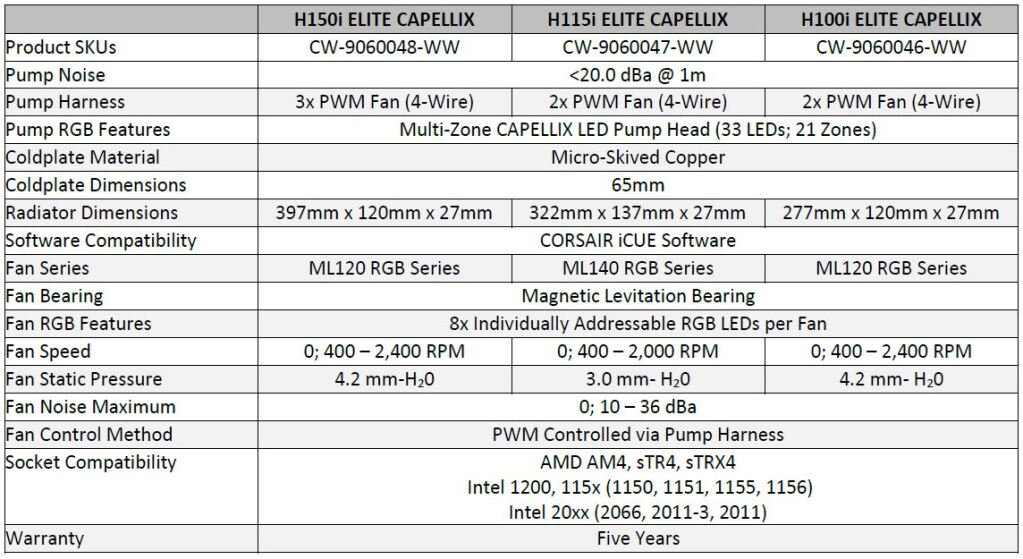
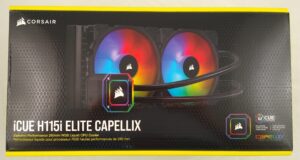
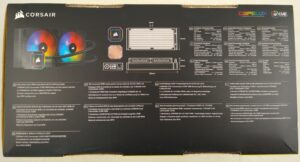


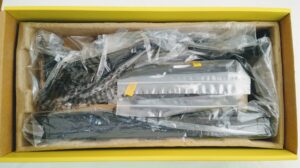
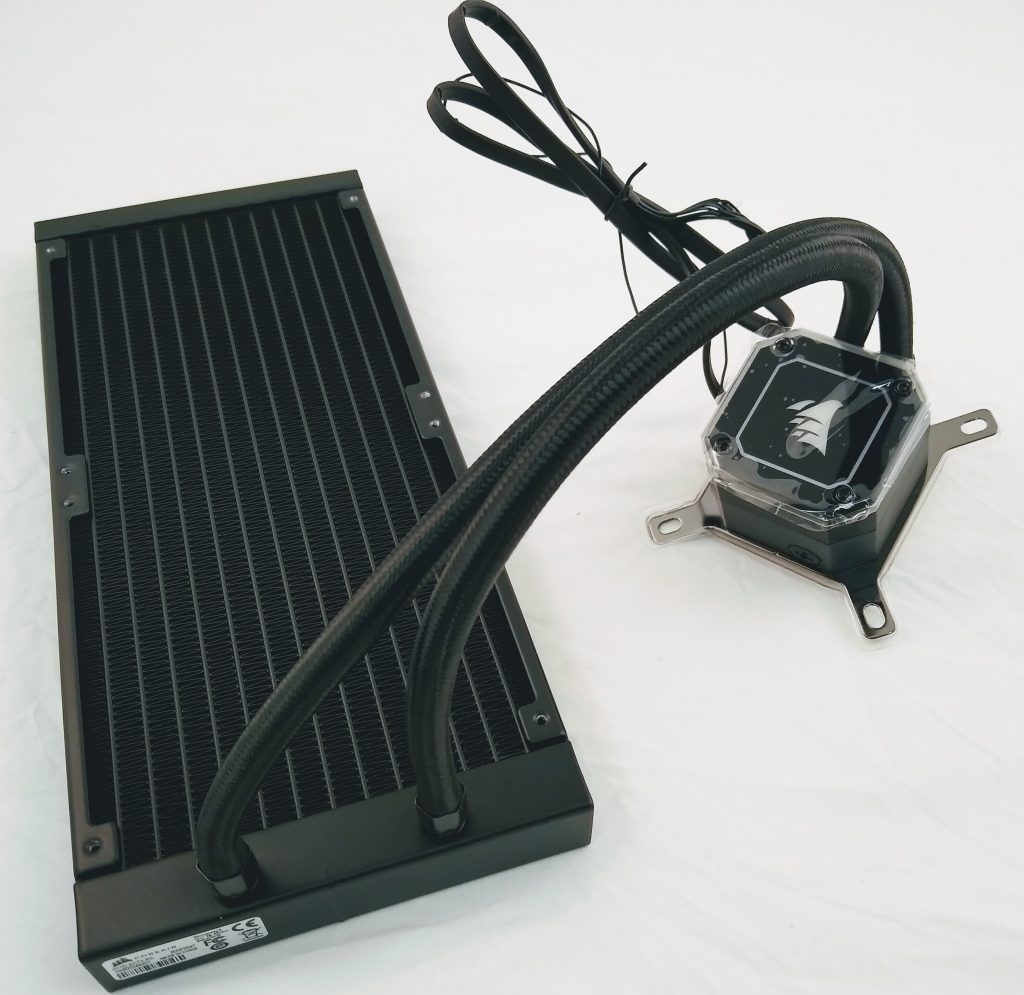
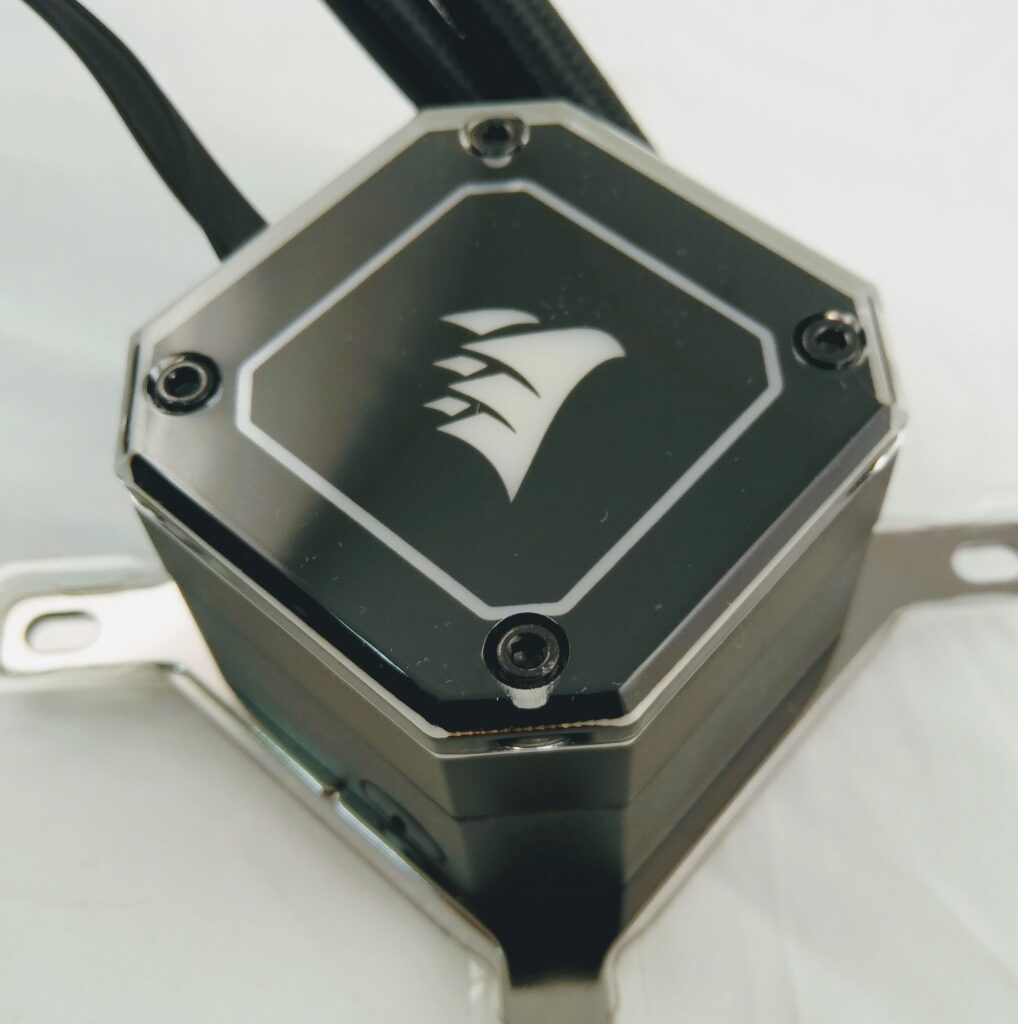
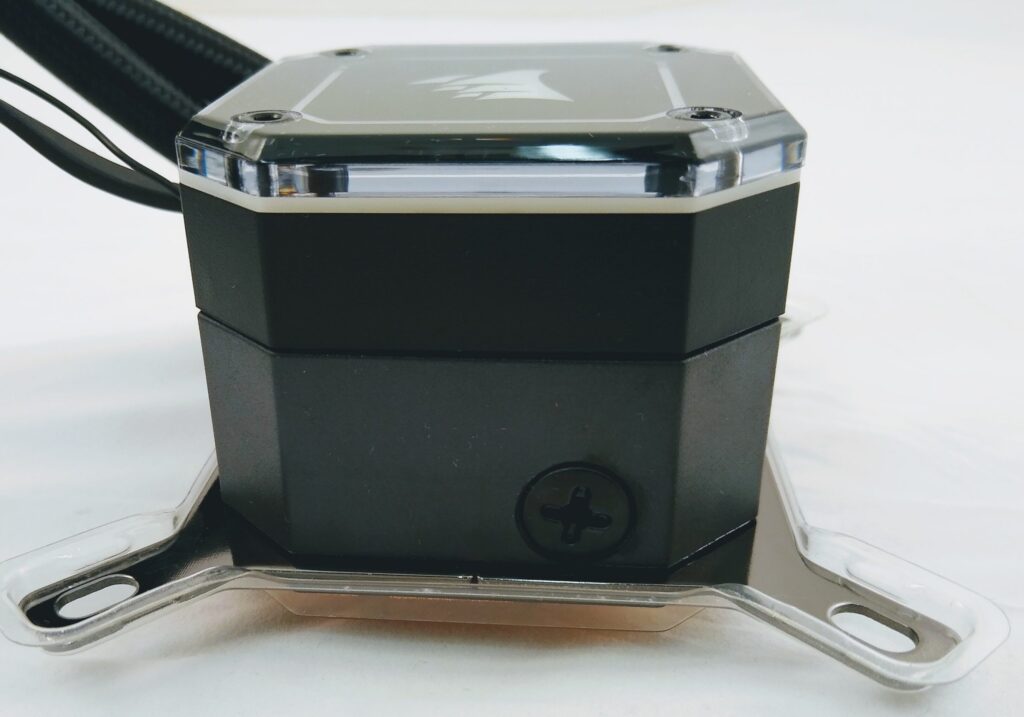
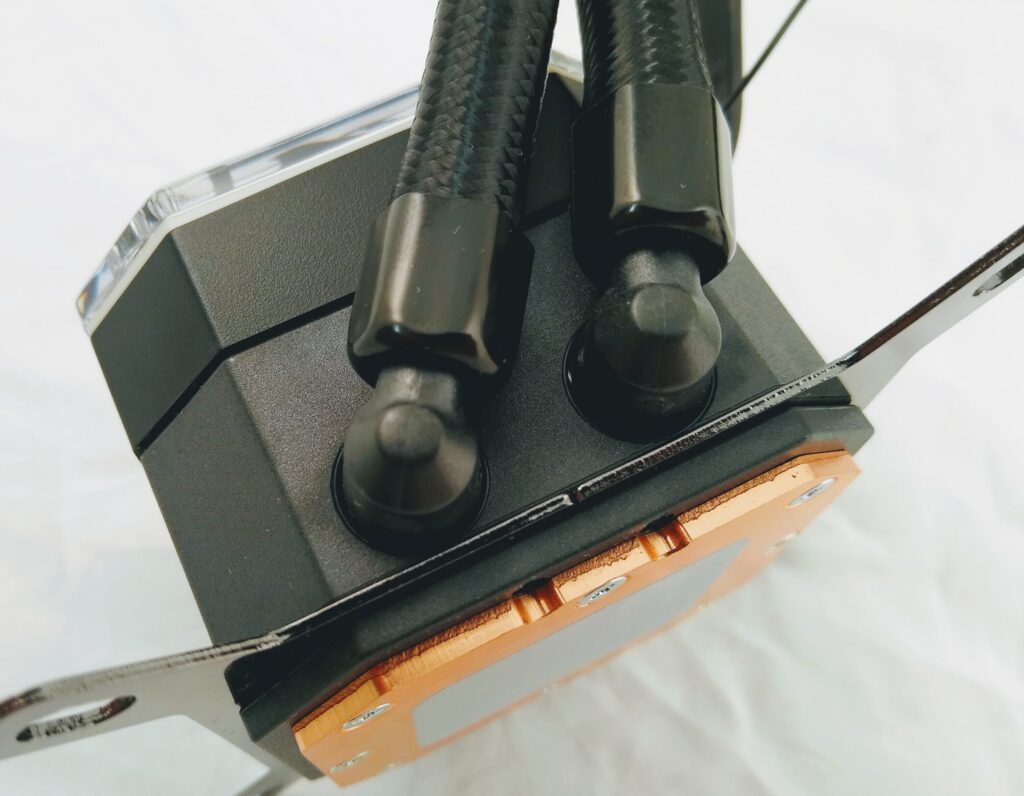
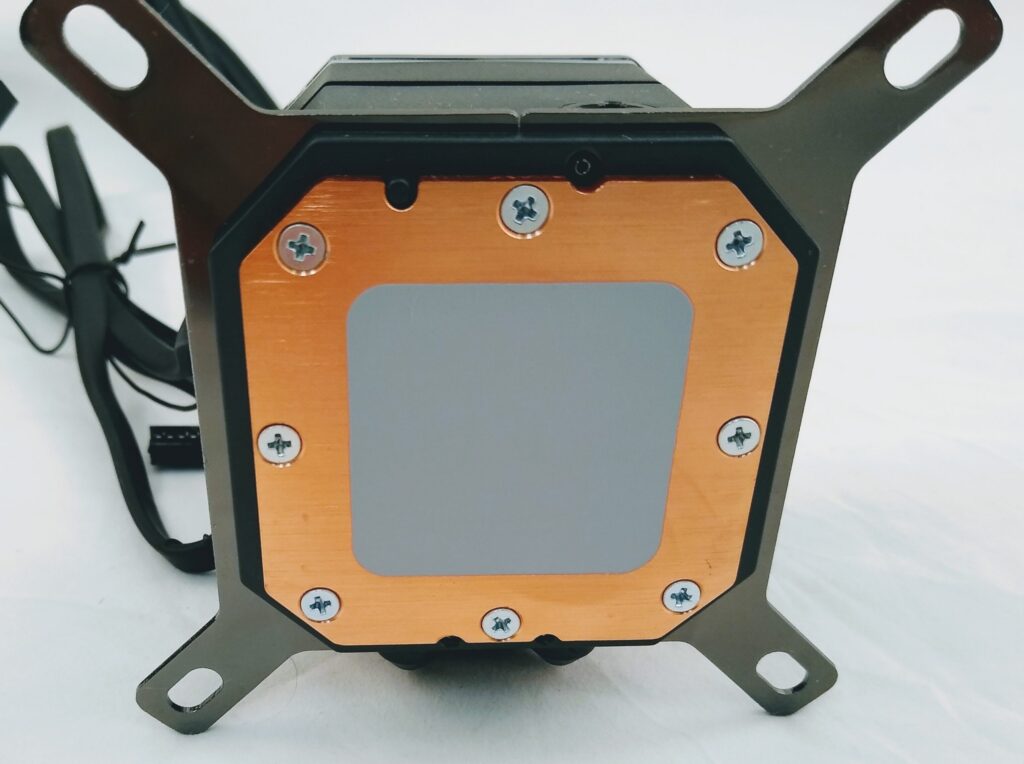
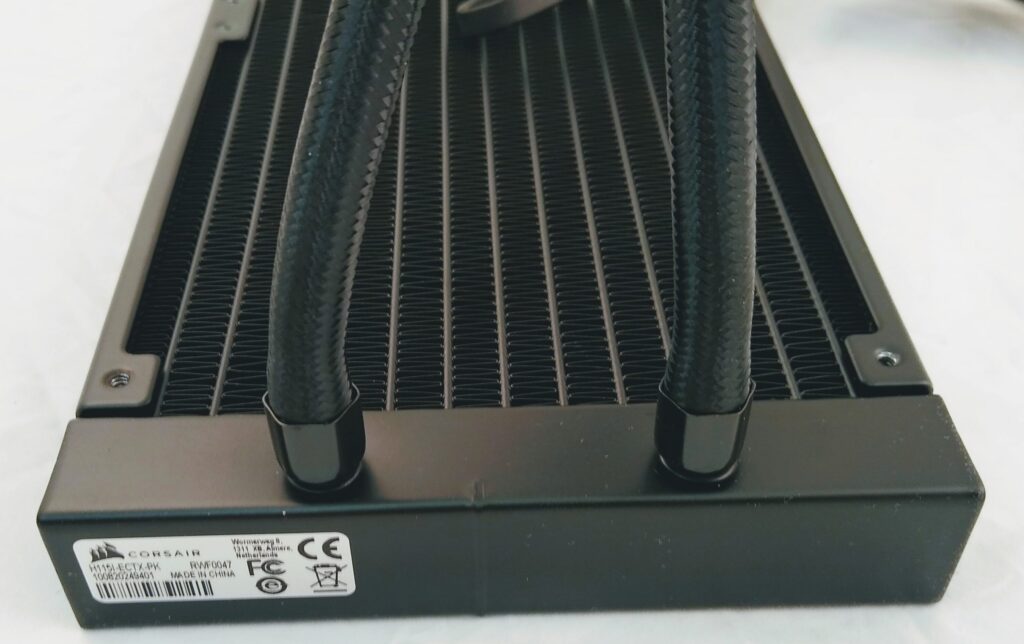
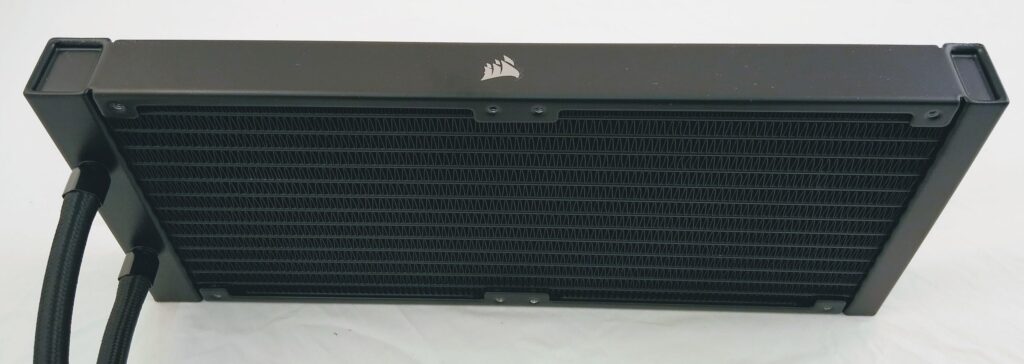
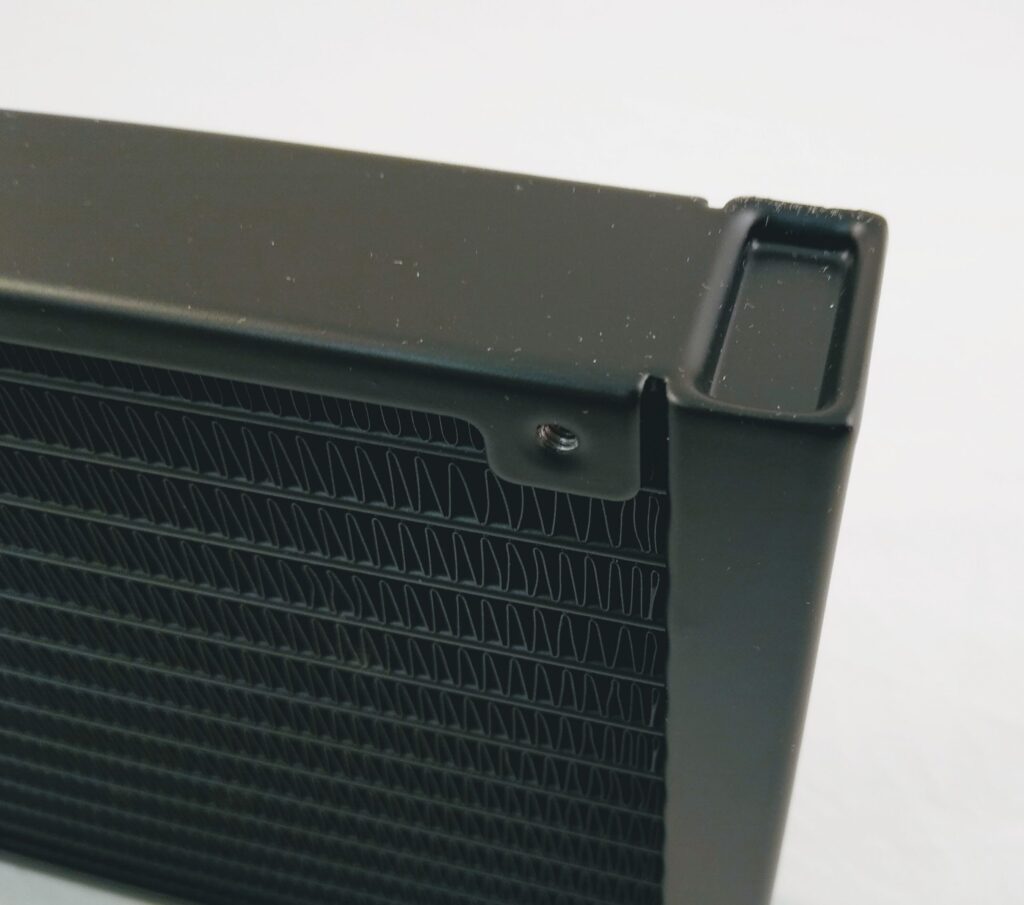
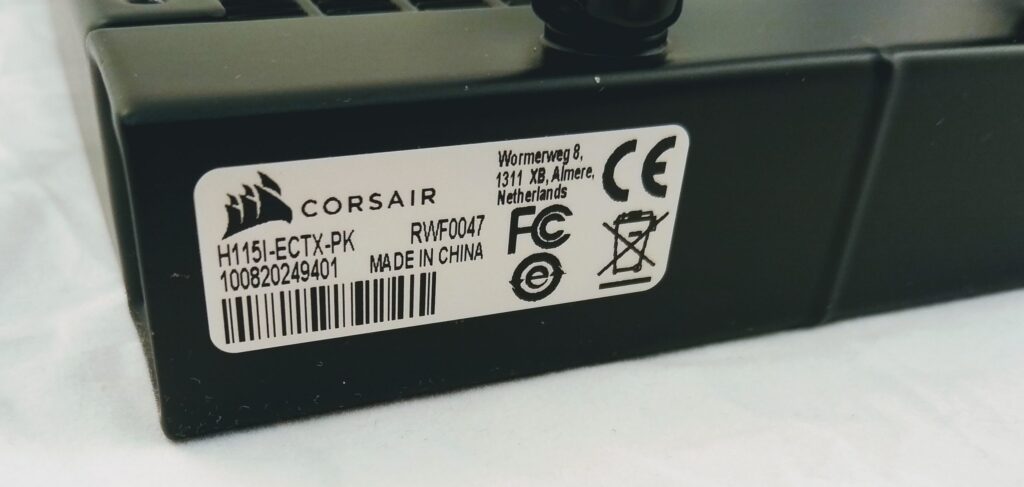
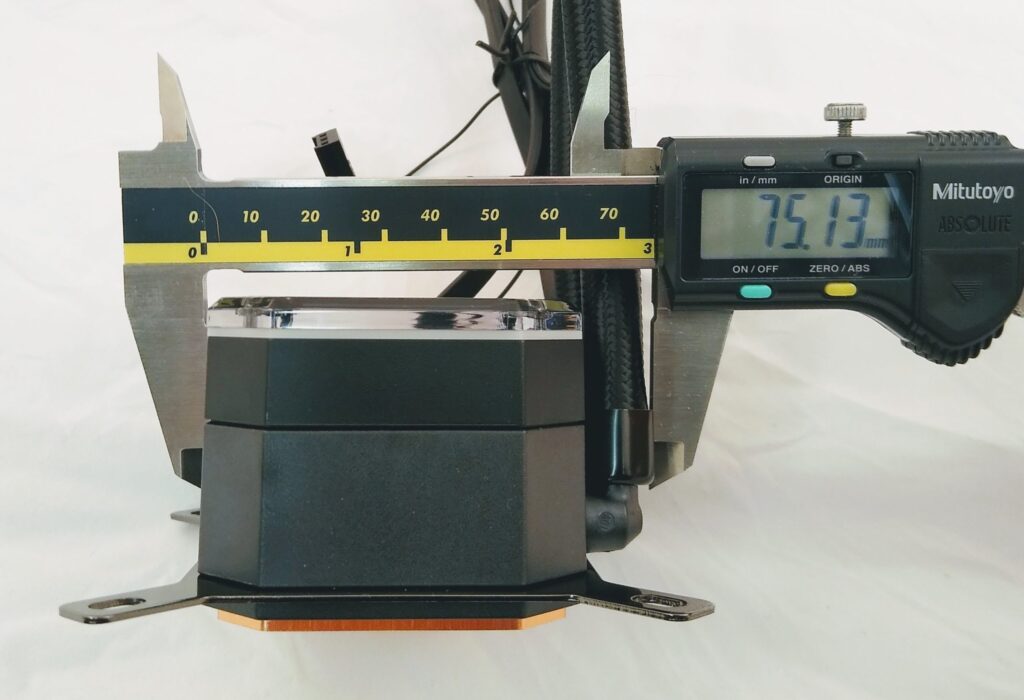
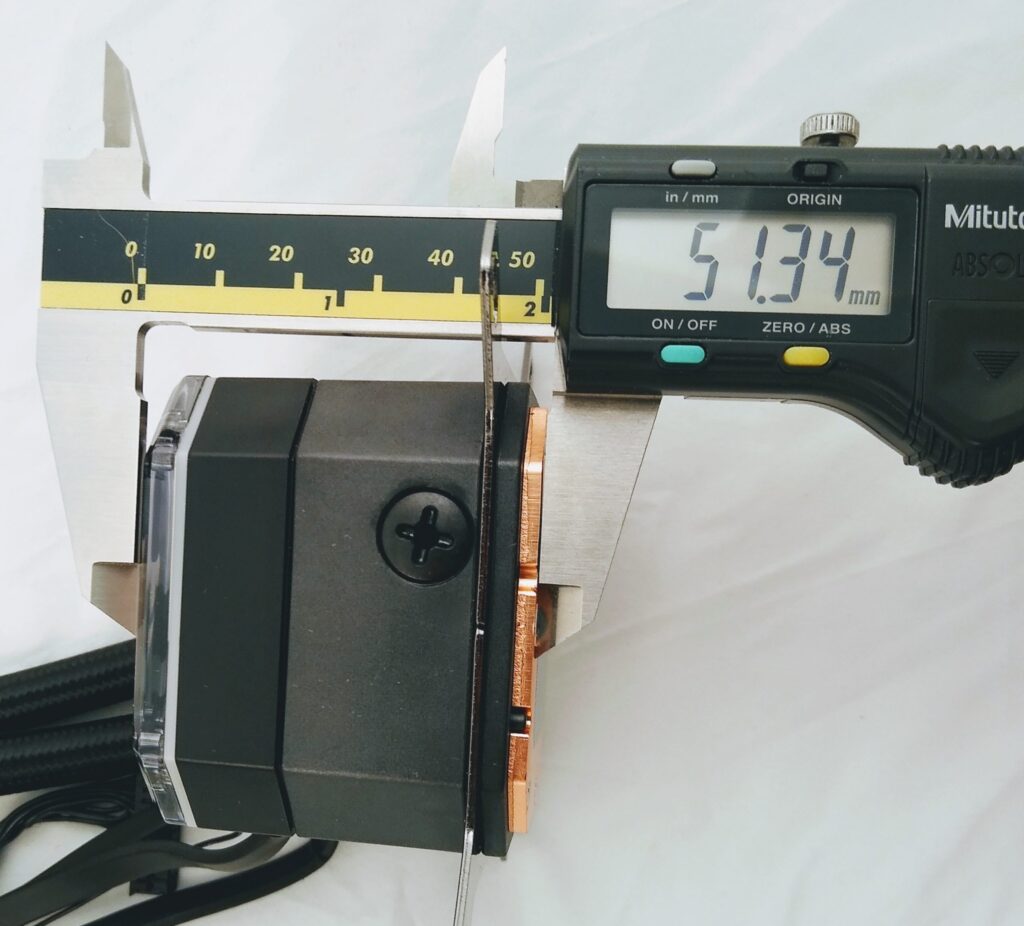
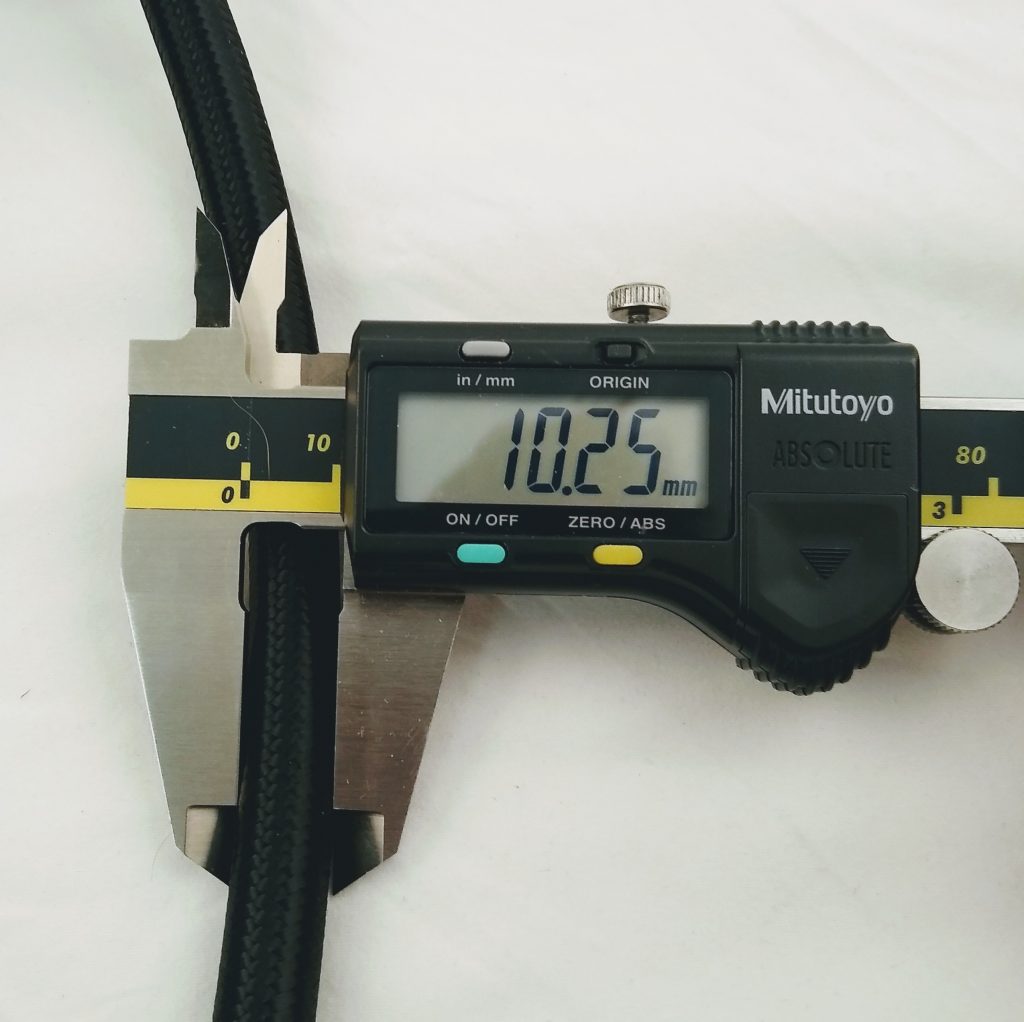
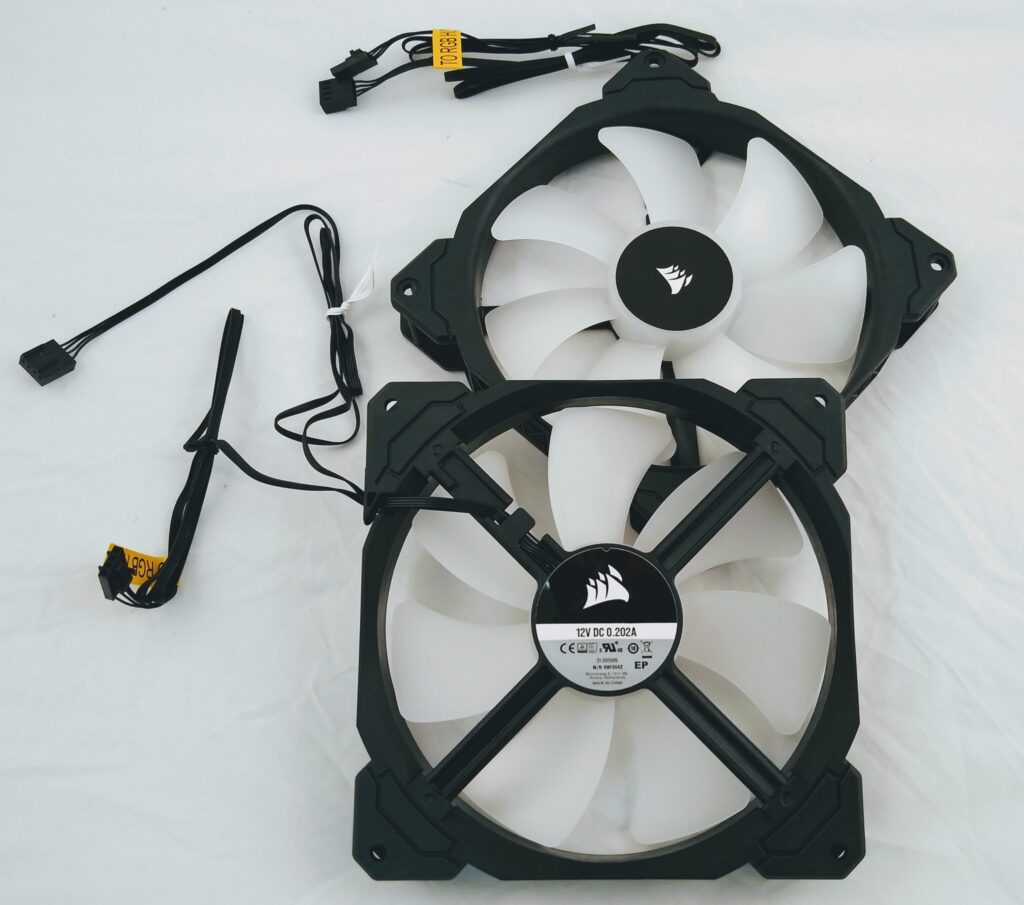
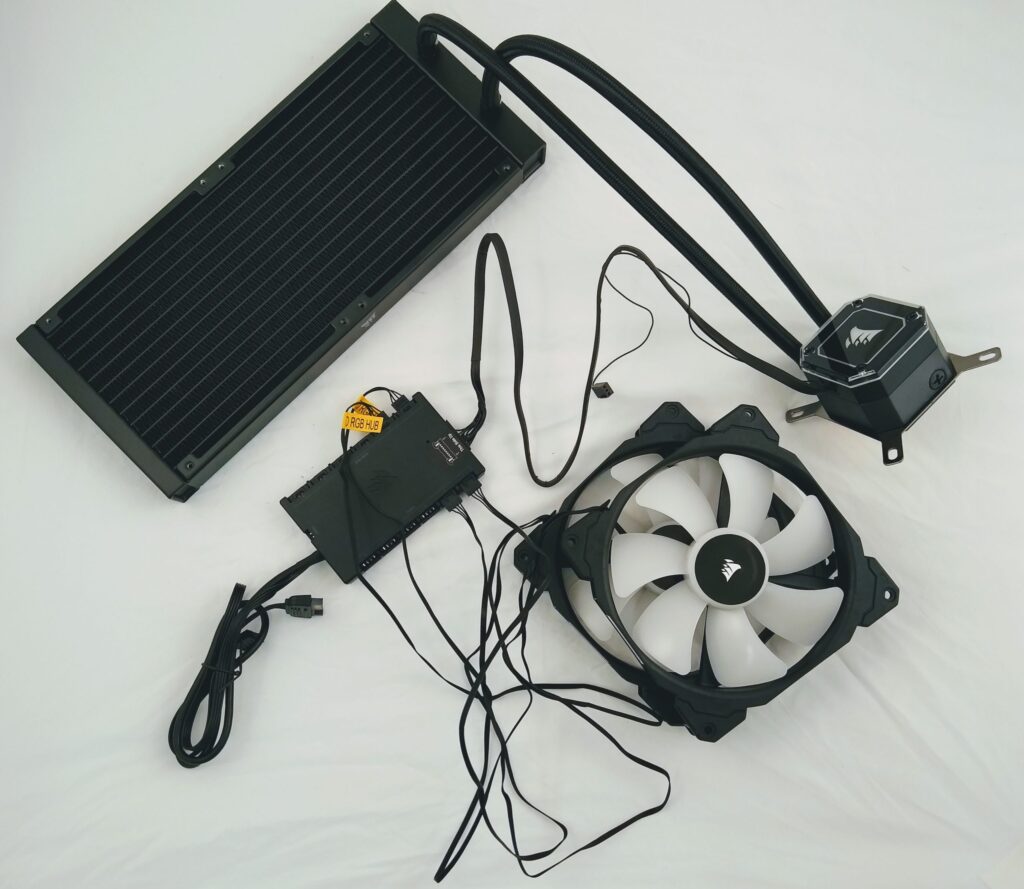
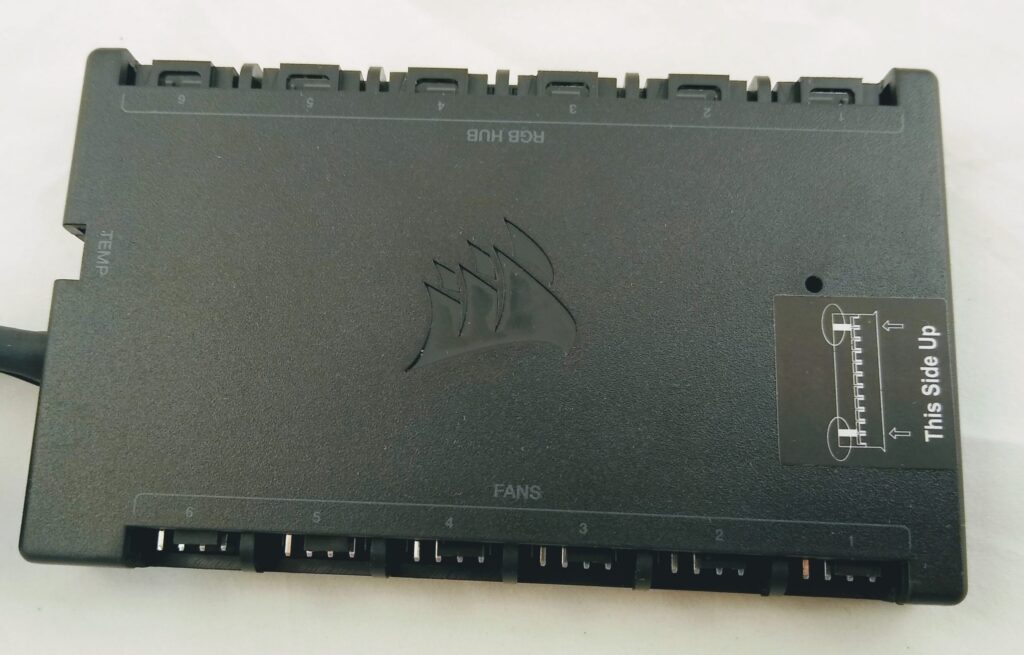
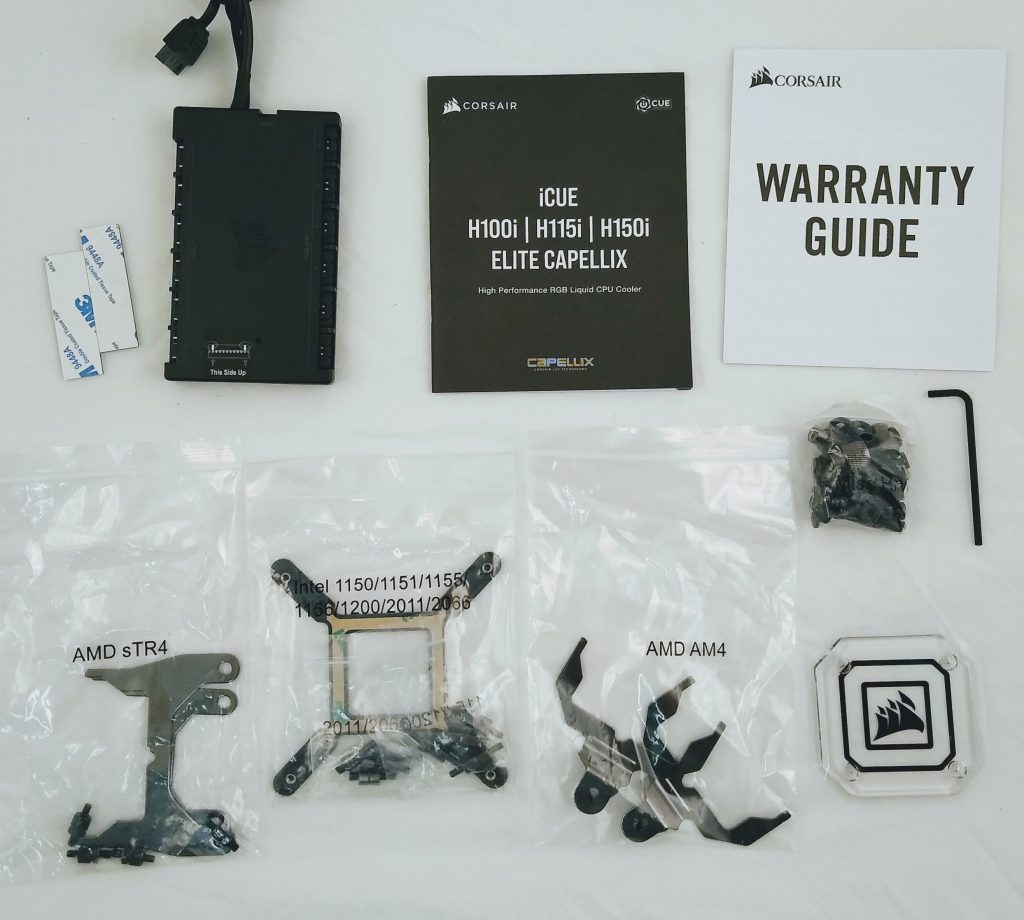
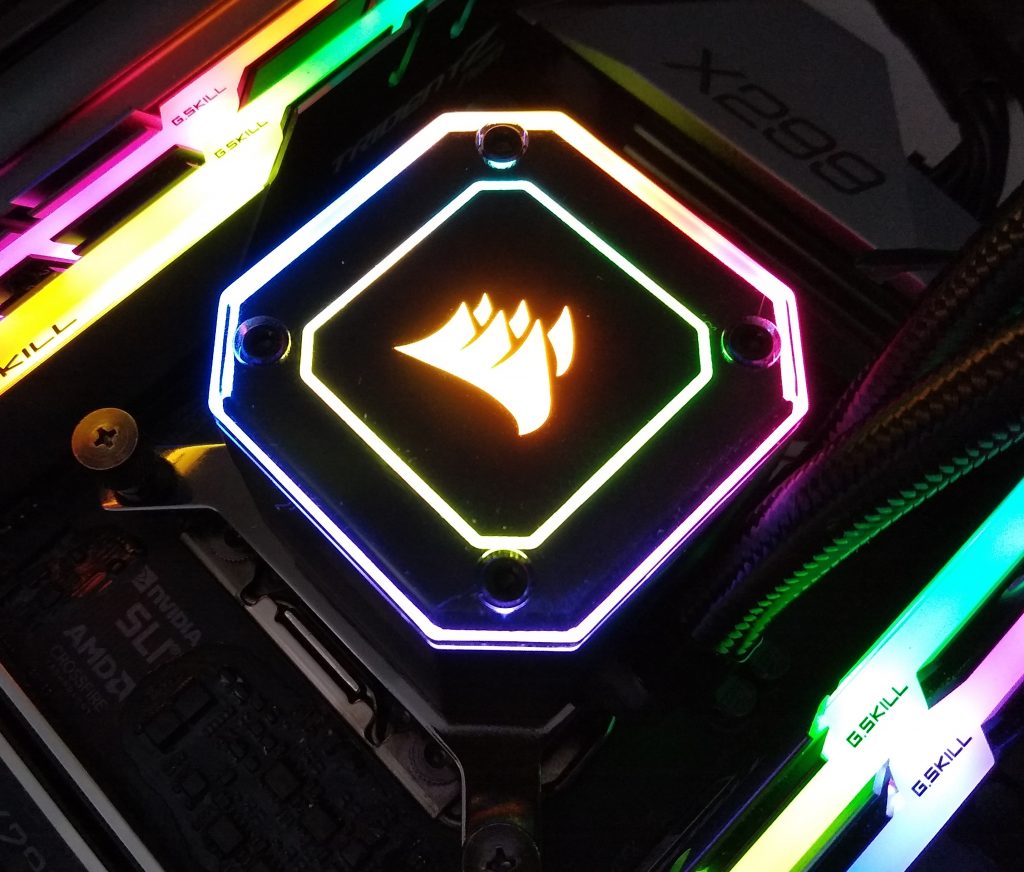
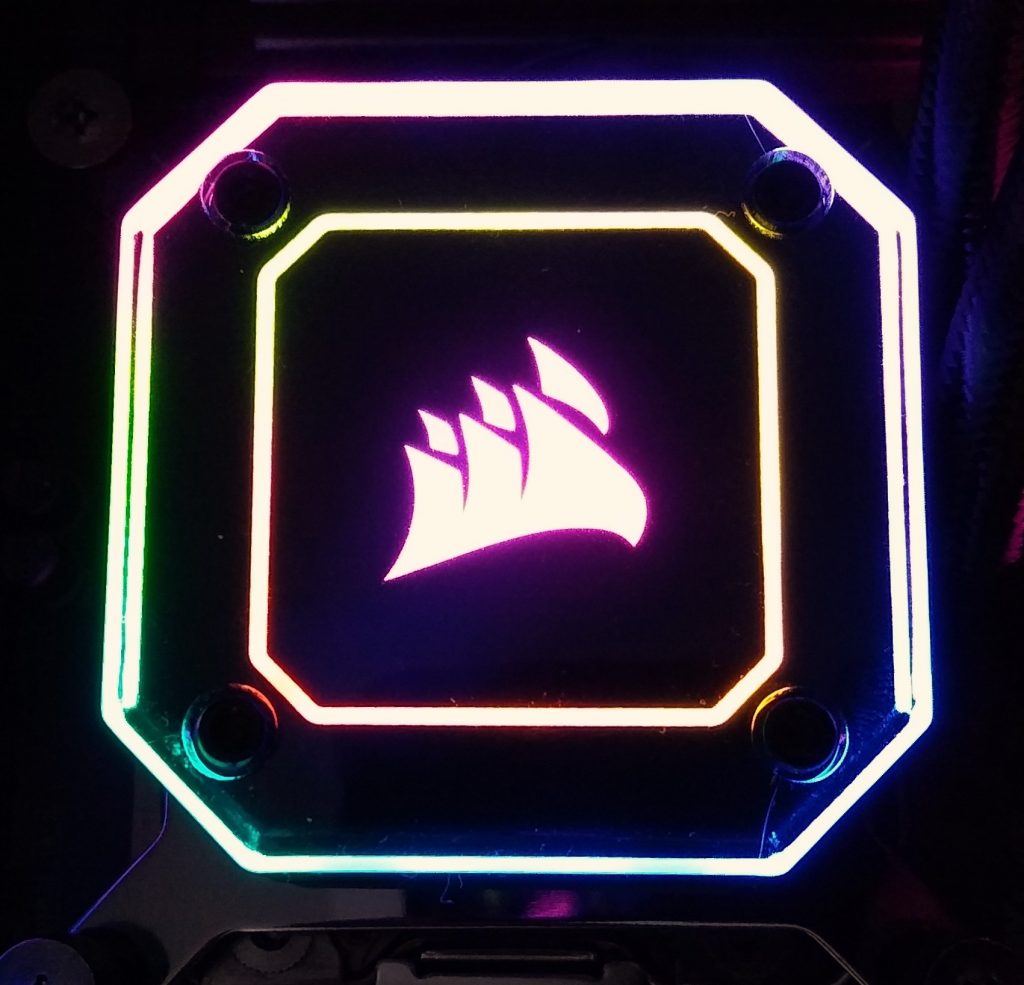
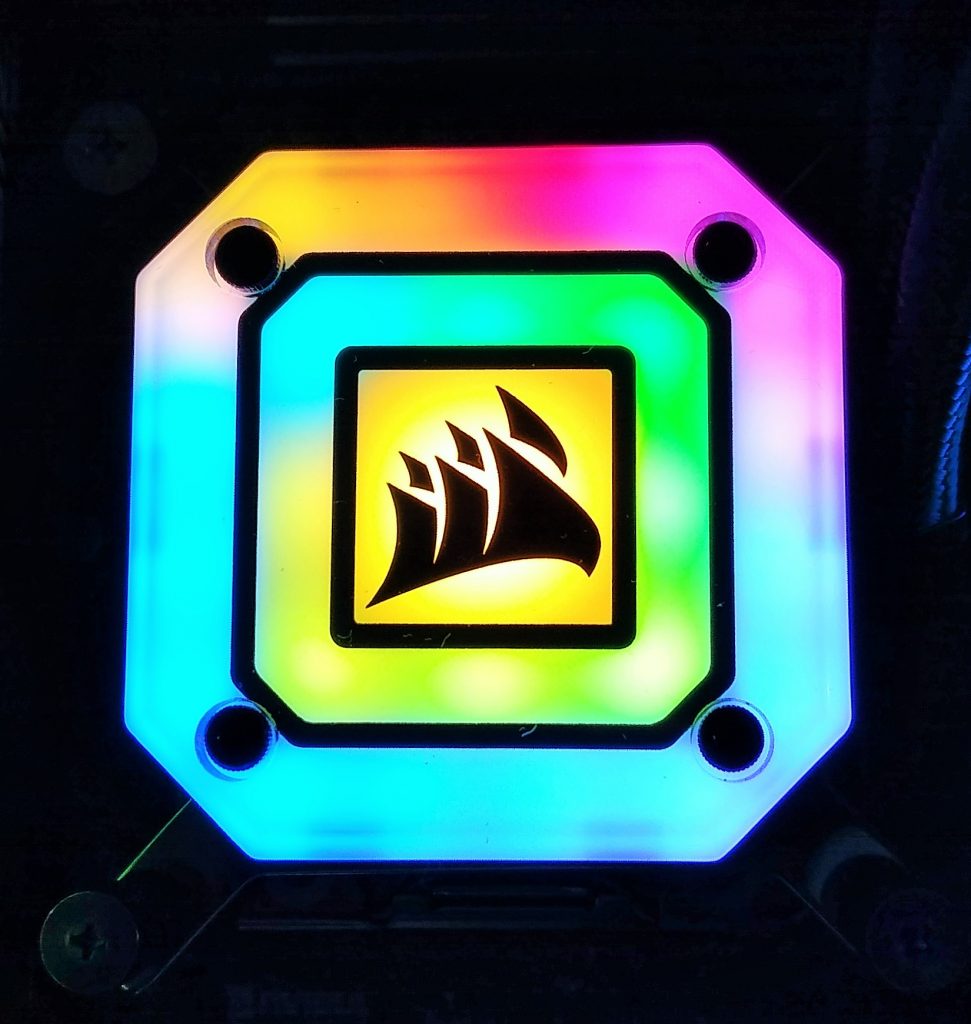
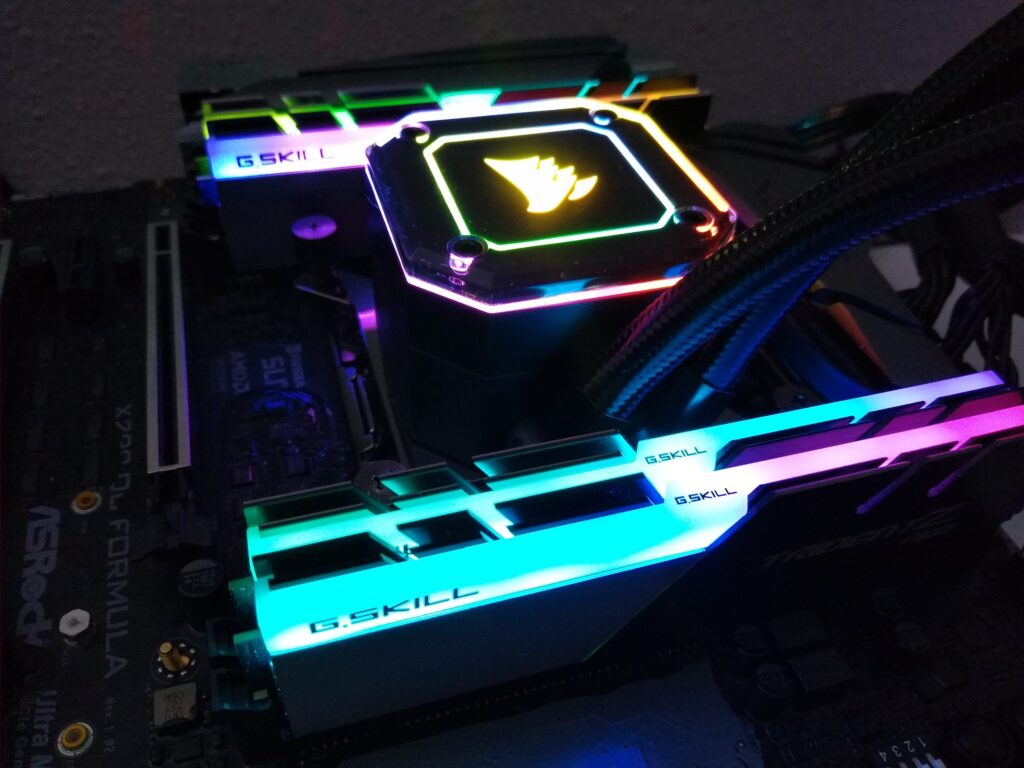
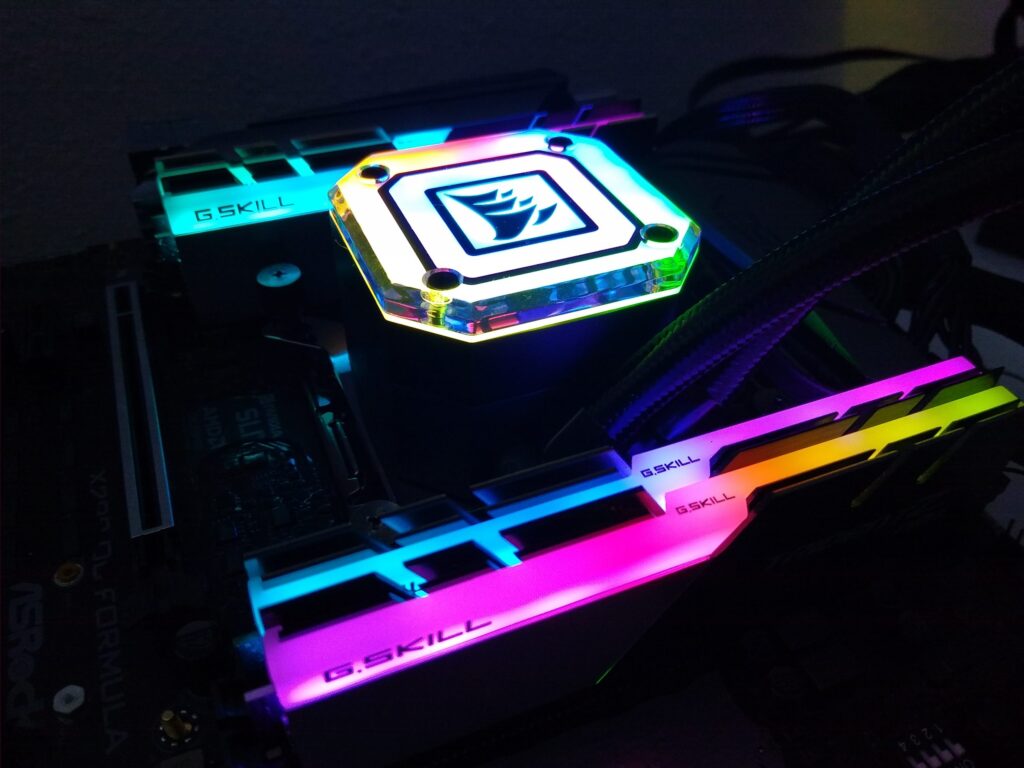
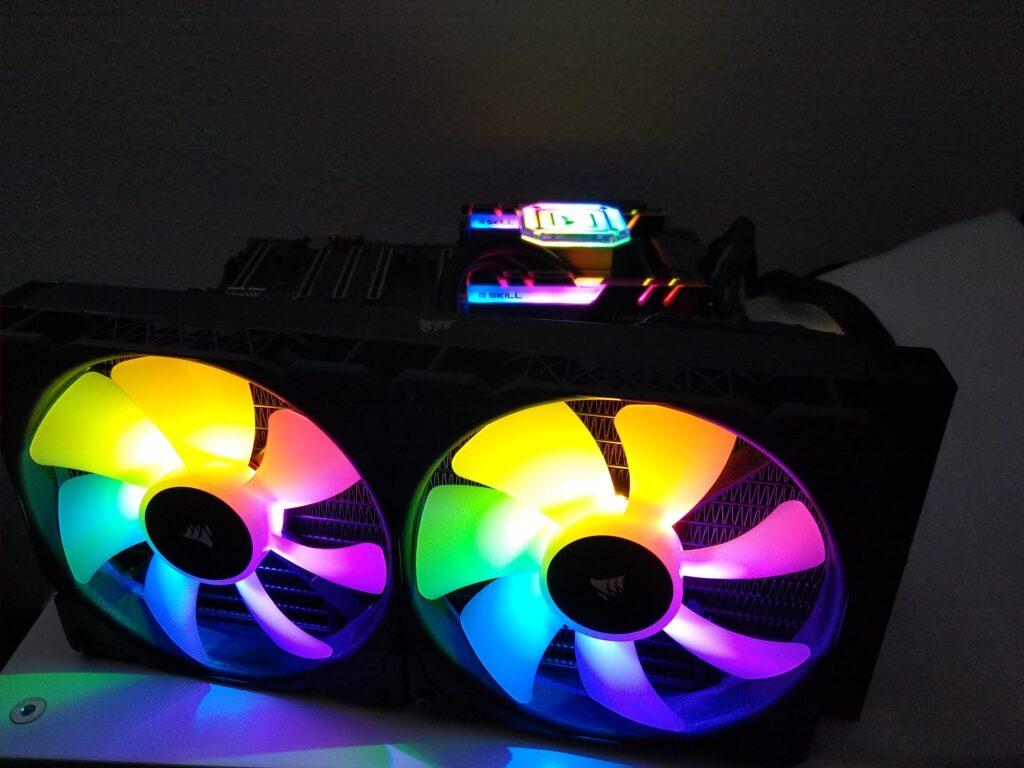
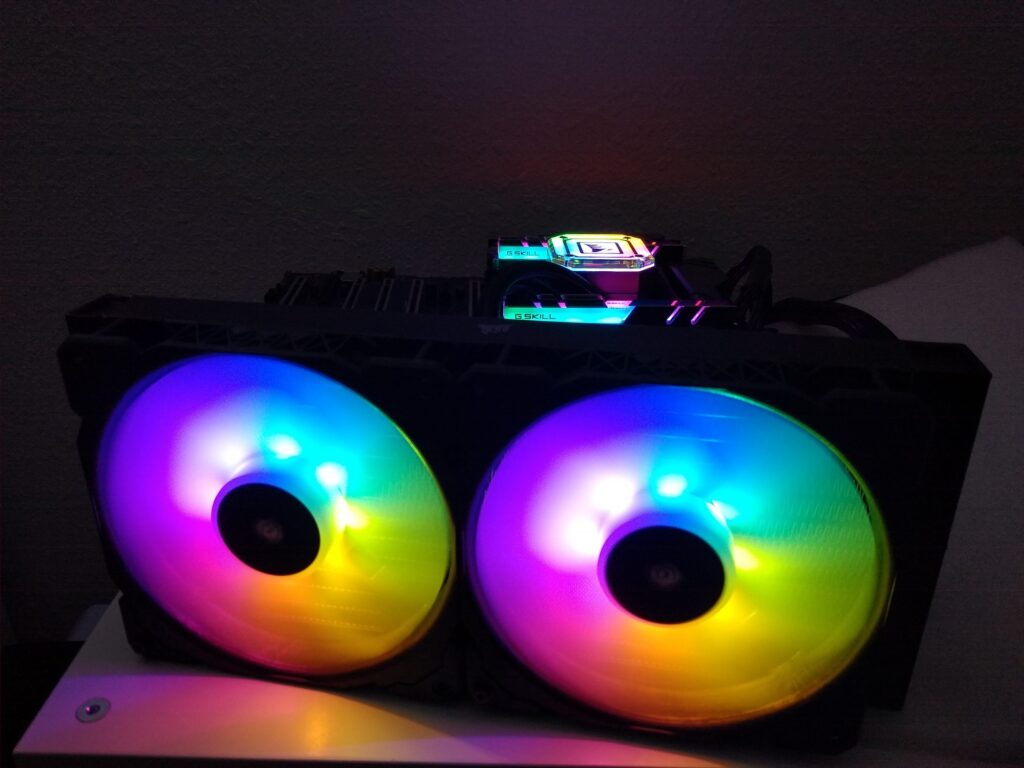
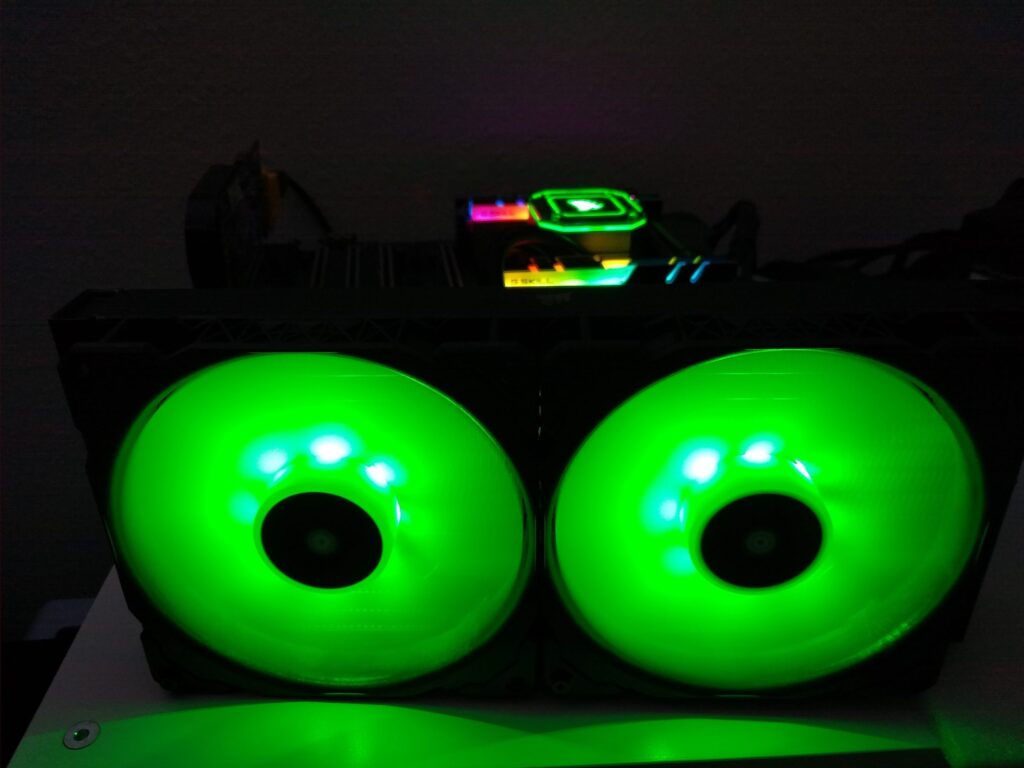
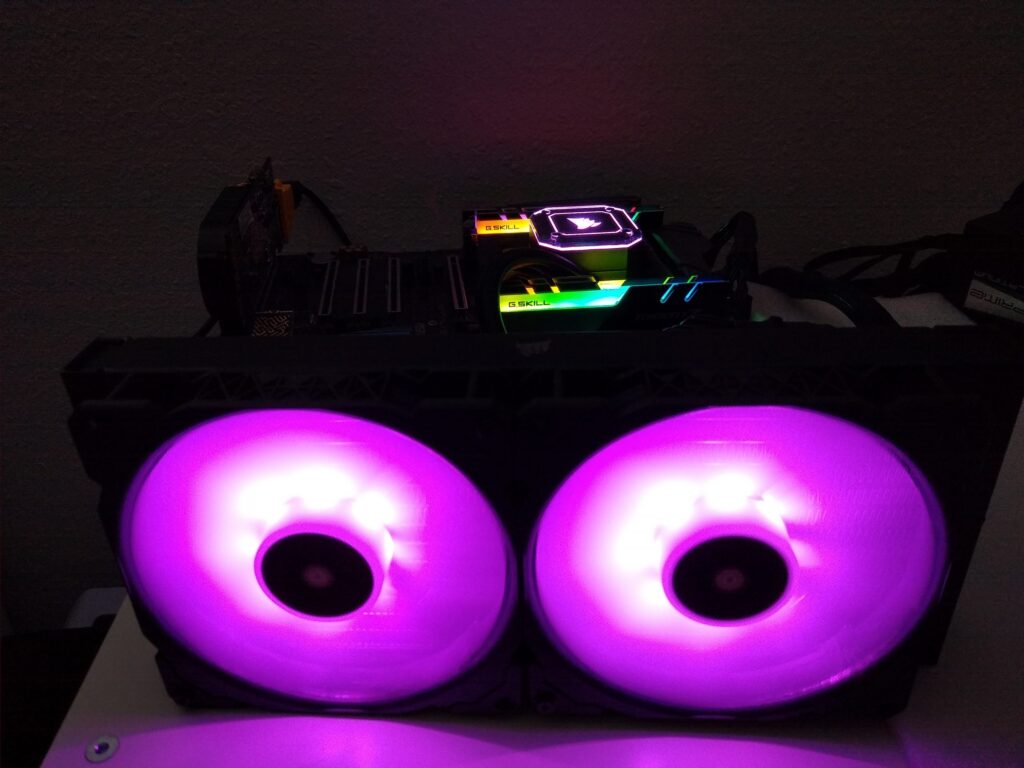

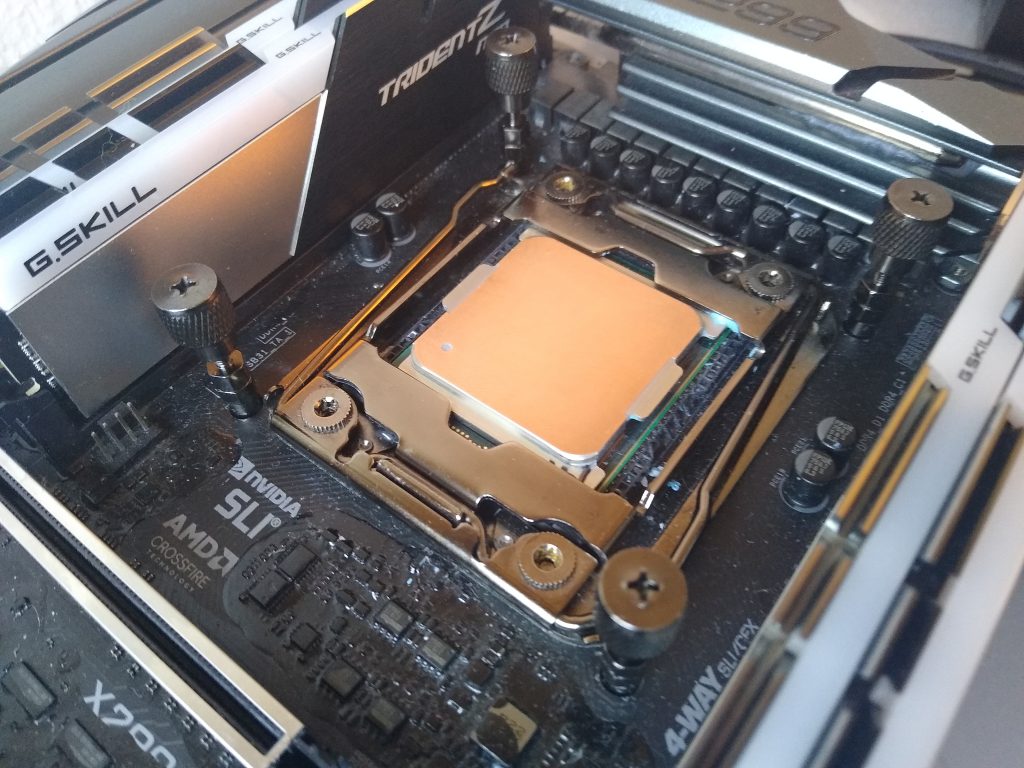
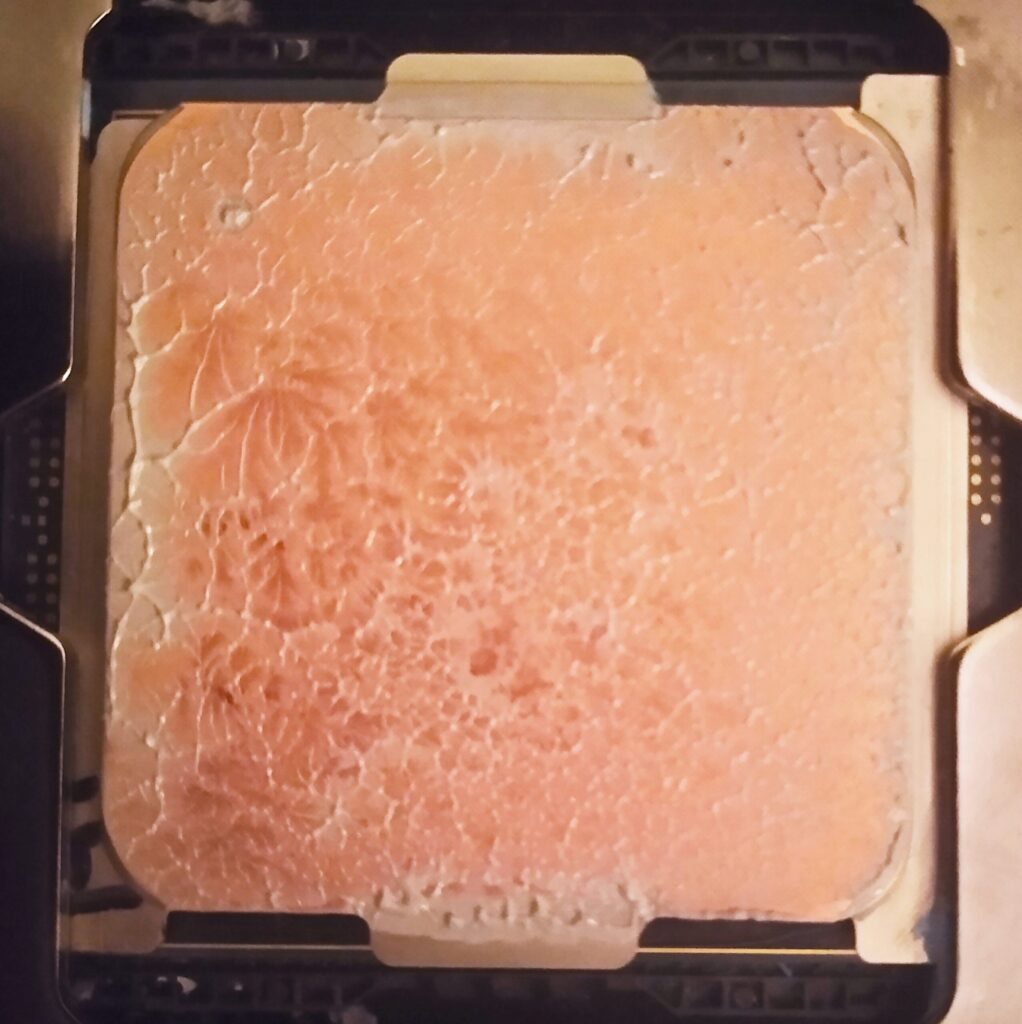
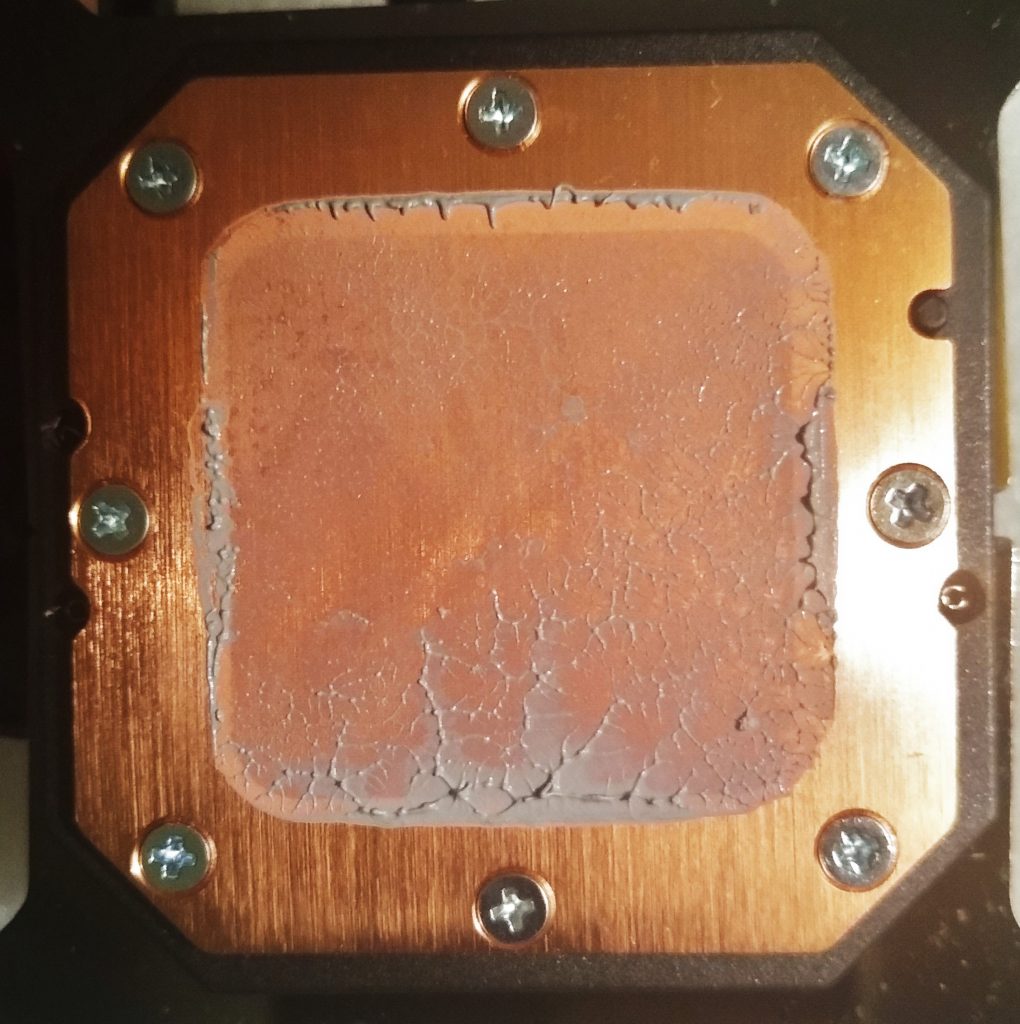
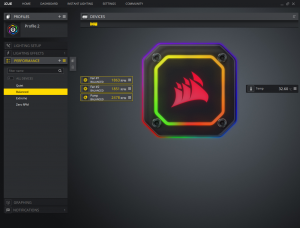
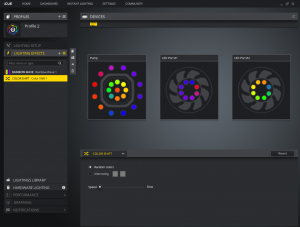
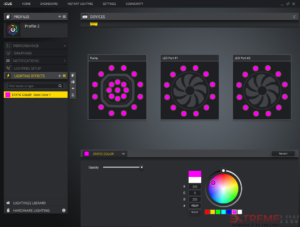
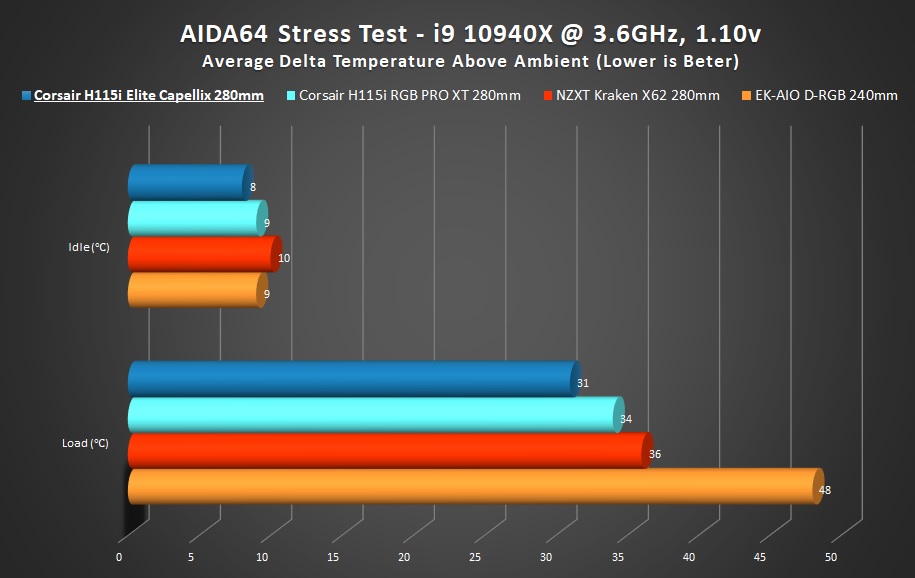
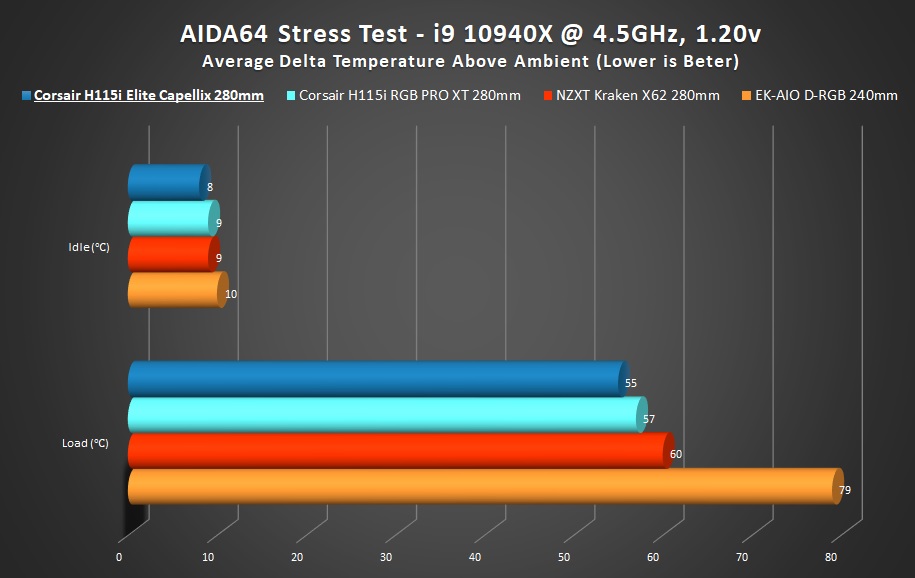
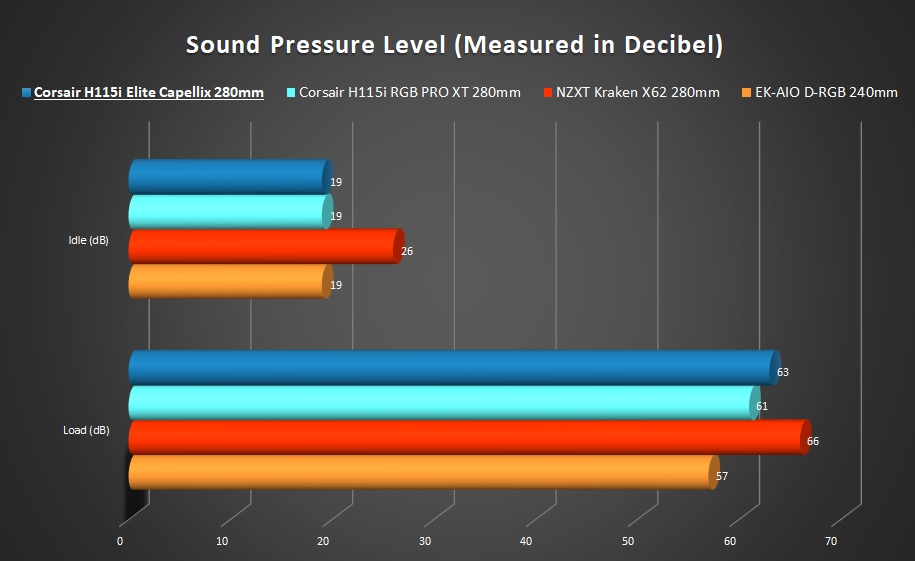
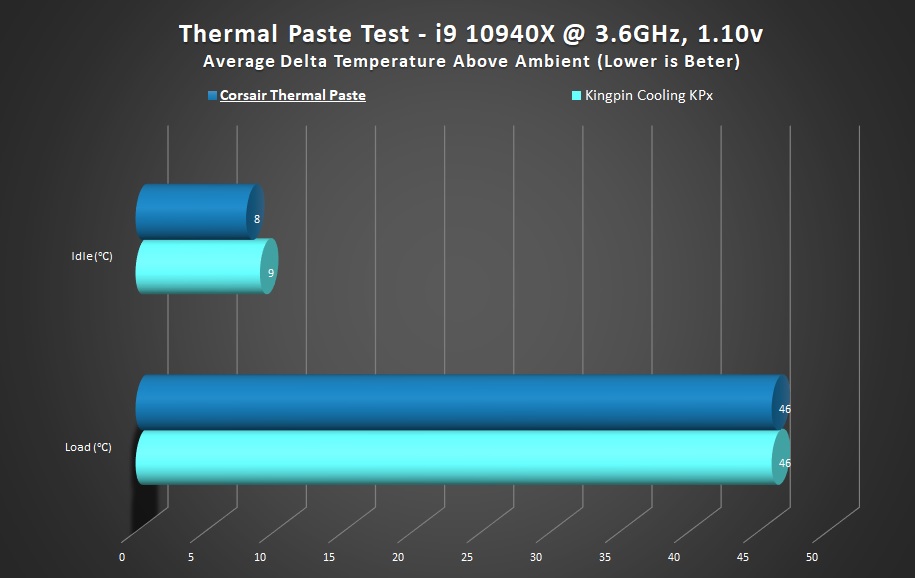
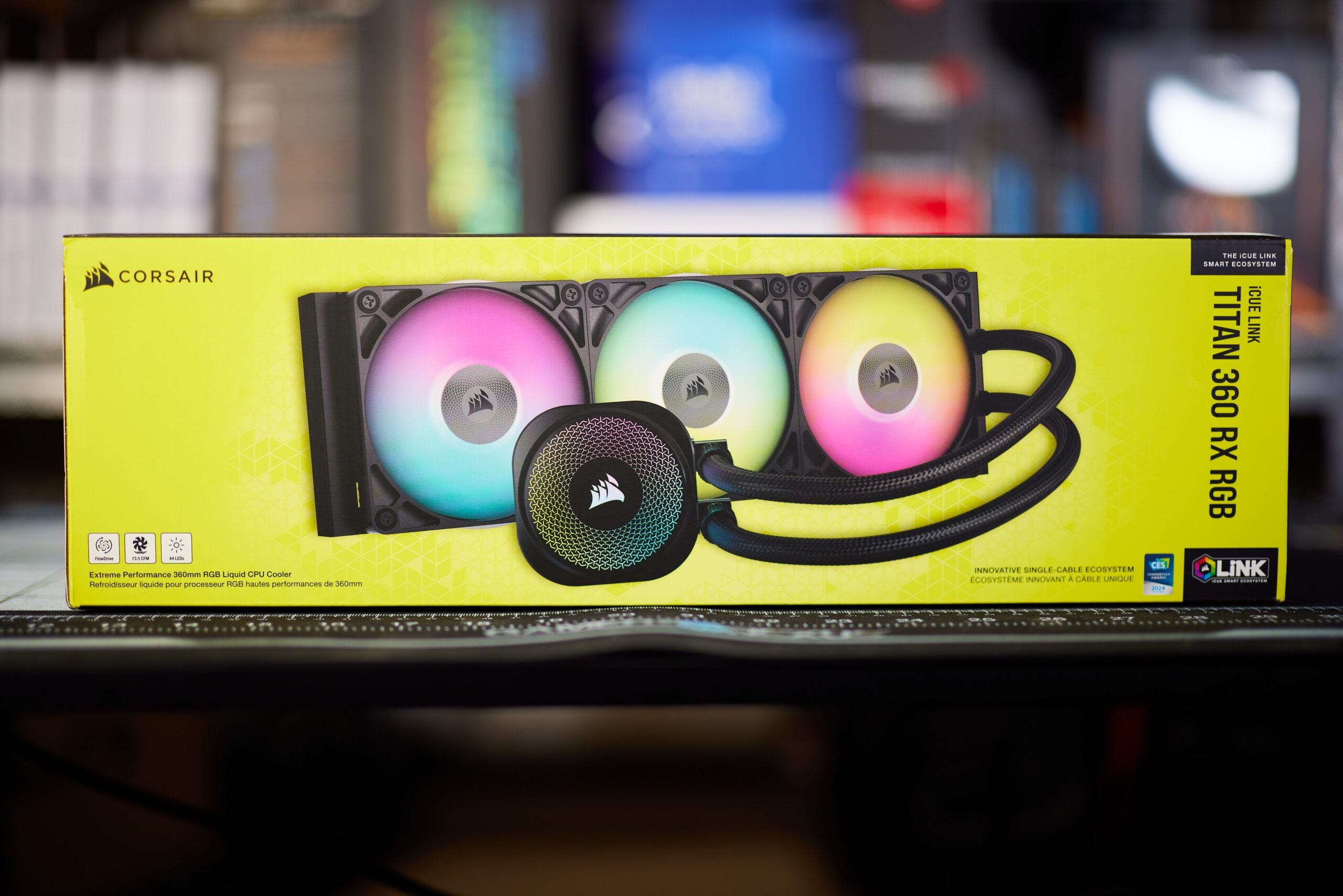
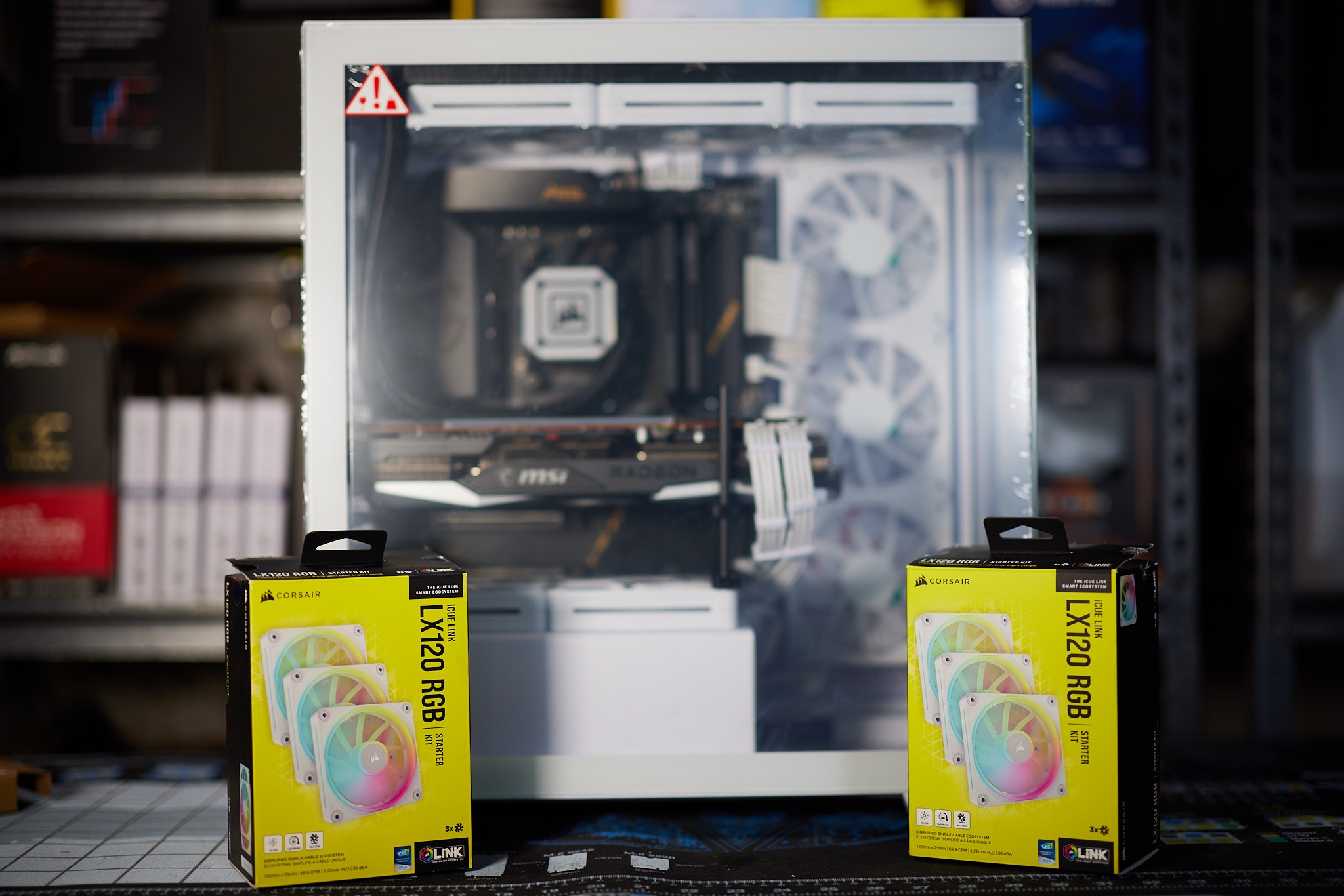
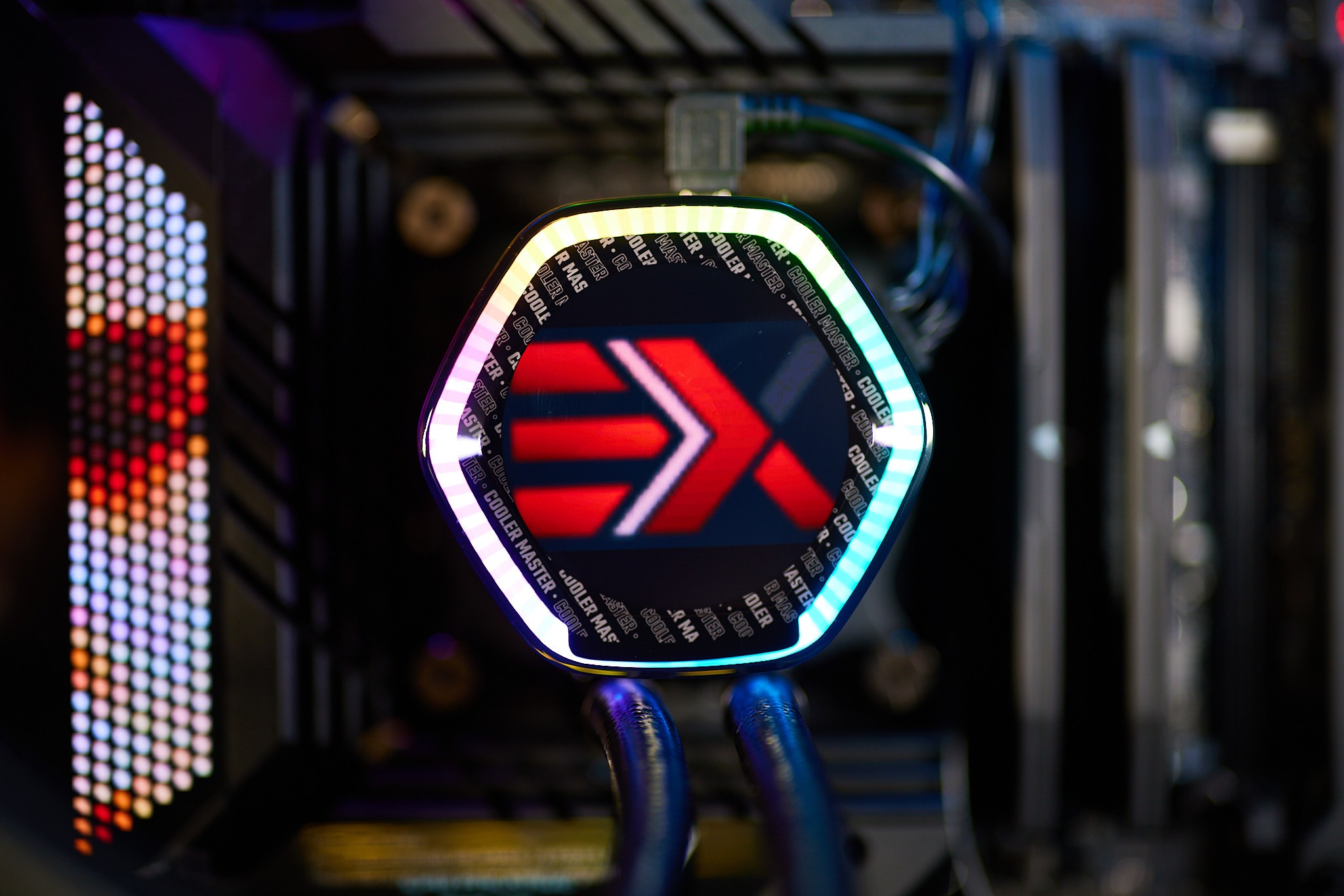
This Post Has 0 Comments